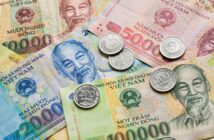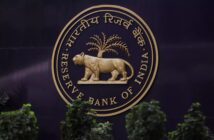Bank of South Africa continues to develop its own digital currency
The Bank of South Africa continues to test its digital currency. The other day, regulators announced the completion of the second phase of testing on the Khokha project. SARB launched it in 2018 to test the viability of the interbank payment system, which uses tokens to settle between financial institutions.
Experts praised the first tests quite highly, and it was decided to conduct a second phase, during which the wholesale digital currency was tested. Khokha 2 was launched in February this year, with major South African banks including Absa, Nedbank, and Standard Bank participating. In addition, the financial institutions worked with the Intergovernmental Working Group that oversaw the process. The project consisted of two systems, one based on wCBDC technology and the other on wToken.
Developing digital currencies and expanding their capabilities is an important focus for the Bank of South Africa. The regulator is among the top 10 states that conduct wholesale transactions using CBDC. However, despite its high position in the wholesale sector, retail is not yet popular enough. Here, the bank is second to the regulator from Nigeria, which introduced eNaira currency last year.

The South African Reserve Bank is located in the nation’s capital, Cape Town. Its history and the financial system as a whole began in 1793 when the first state institution of this kind – the Lombard Bank – was organized. It lasted until 1883, not least because it could not compete with the emerging new companies. For example, the first private bank in 1837 was the Bank of the Cape of Good Hope, followed by the organization of several other institutions, some of which printed companies banknotes in Britain.
Gradually the capacity of the banking system expanded, and it became necessary to create a single regulatory body. So in 1920, the Reserve Bank of South Africa appeared, and it became available for business operations a year later.
In 1985, a department was set up within the bank to supervise the country’s financial institutions. This step was dictated by the need to comply with the Basel Accord, which provided for the regulation of banks in the international arena. It strengthened cooperation with foreign institutions, and also gave a good impetus to the development of the monetary policy of the state.
In 1997, the rules of control over transactions of citizens of the state were changed towards easing. At the moment, the regulator does not monitor currency transactions; it may do so selectively. South Africa’s banking system fully supports foreign investment. It offers foreign companies a flexible environment, and the law does not restrict them from forming joint ventures.




